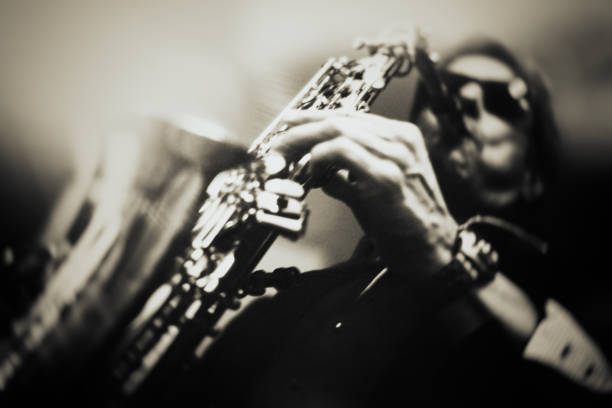Strategies for Boosting Asia’s Indie Sound Via Social Media
Independent Asian musicians have a lot of amazing talent, with less marketing dollars that major companies do. Social media gives everyone a way to reach people in different places and establish a loyal fan base. Consistent strategic content is a must for promotion to work that goes beyond language barriers and embraces the blending of different cultures.
Strategy for Content and Engagement
Creating for a Specific Platform
Don’t just upload the same picture all over the place. Make content fit each platform. employ short, dynamic Reels or TikToks to get instant attention, and employ popular sounds to help people find you quickly. Use Twitter to talk to fans directly and have deep conversations with them where they naturally gather. Use YouTube for high-quality music videos and performance footage.
Working Together and Promoting Each Other
Partnerships Around the World
Work with influencers and other independent artists from Asia and around the world. Cross-promotion gets your music in front of new people, which helps bring people together from different parts of the world and grow your audience by a huge amount. A simple duet or challenge might lead to overnight fame and huge success.
Summary
To promote independent Asian music on social media, you need to be creative, consistent, and honest about your culture. Artists may make a name for themselves and establish a lasting global audience by focusing on real narrative, platform-specific content, and clever collaborations.

 A place where gamelan organizations, whose rhythms are complex and necessary to social activities and rituals, come together.
A place where gamelan organizations, whose rhythms are complex and necessary to social activities and rituals, come together. Remove fingerboard rosin dust with a soft cloth. Do not use harsh chemicals or solvents.
Remove fingerboard rosin dust with a soft cloth. Do not use harsh chemicals or solvents. Millions of African Americans left the rural South for the cities of the North and West during the Great Migration, which played a significant role in the development of R&B. A new sound emerged as a result of the fusion of previously separate musical traditions.
Millions of African Americans left the rural South for the cities of the North and West during the Great Migration, which played a significant role in the development of R&B. A new sound emerged as a result of the fusion of previously separate musical traditions.












